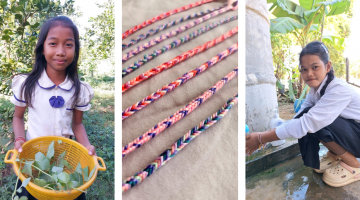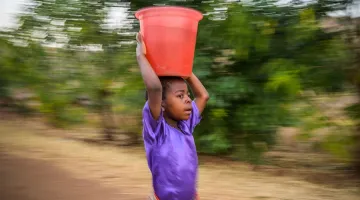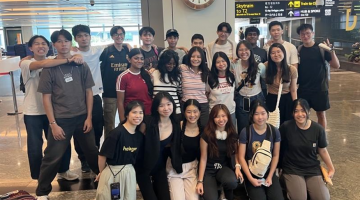Impact of COVID-19 on Asia's most vulnerable children
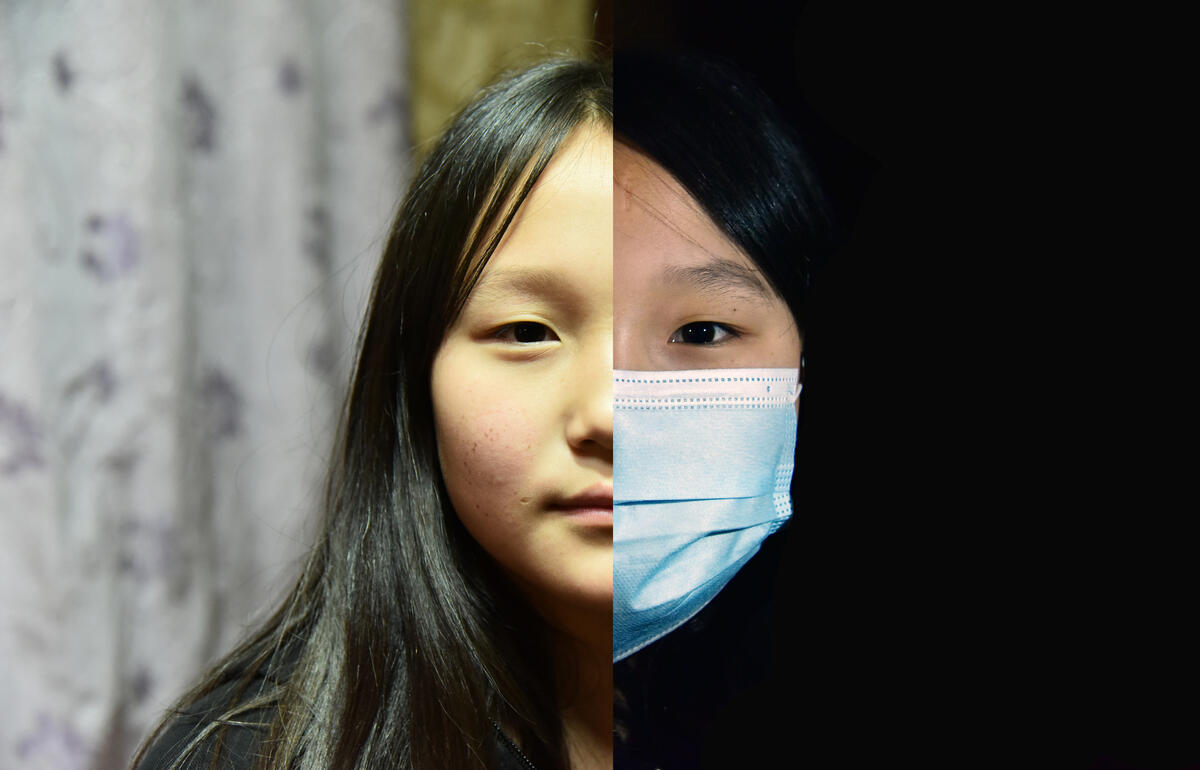
We have been hearing news about COVID-19 almost every day since December, and 8 months later, this pandemic is still ongoing and cases are still increasing. World Vision in the Asia Pacific has been responding to this humanitarian crisis as soon as COVID-19 first broke out in China, and found out that children were among the most affected by the severe consequences of lockdowns and major economic contractions.
Why is COVID-19 a humanitarian crisis
World Vision conducted the Rapid Recovery Assessment to understand the impact of COVID-19 pandemic on the most vulnerable children, their families and communities. The results of this assessment are to help enable us to better cater to the needs of the affected families, and help amplify the voices of the most vulnerable children. A total of 14,166 household surveys and 10,060 children surveys were carried out across 335 communities from nine countries, which includes Bangladesh, Cambodia, Indonesia, Mongolia, Myanmar, Nepal, Philippines and Sri Lanka.
Livelihoods
Livelihoods were affected drastically due to lockdown measures, which is the critical challenge for families (63%), followed by limited access to food (61%) and medicine and healthcare services (32%). We have also experienced the impact of lockdown measures in Singapore, where many lost their jobs due to the closure of companies and cuts in salary due to the lack of economic cycle around the world. However, households in third world Asian countries were hit even harder.
Results:
- 71% of daily wage workers indicated that they have been fully or severely affected, having almost no income for the past few months
- Inability to pay rent or afford loan payments - increasing the possibilities of being evicted and possible split of the family unit as members disperse to find adequate shelter.
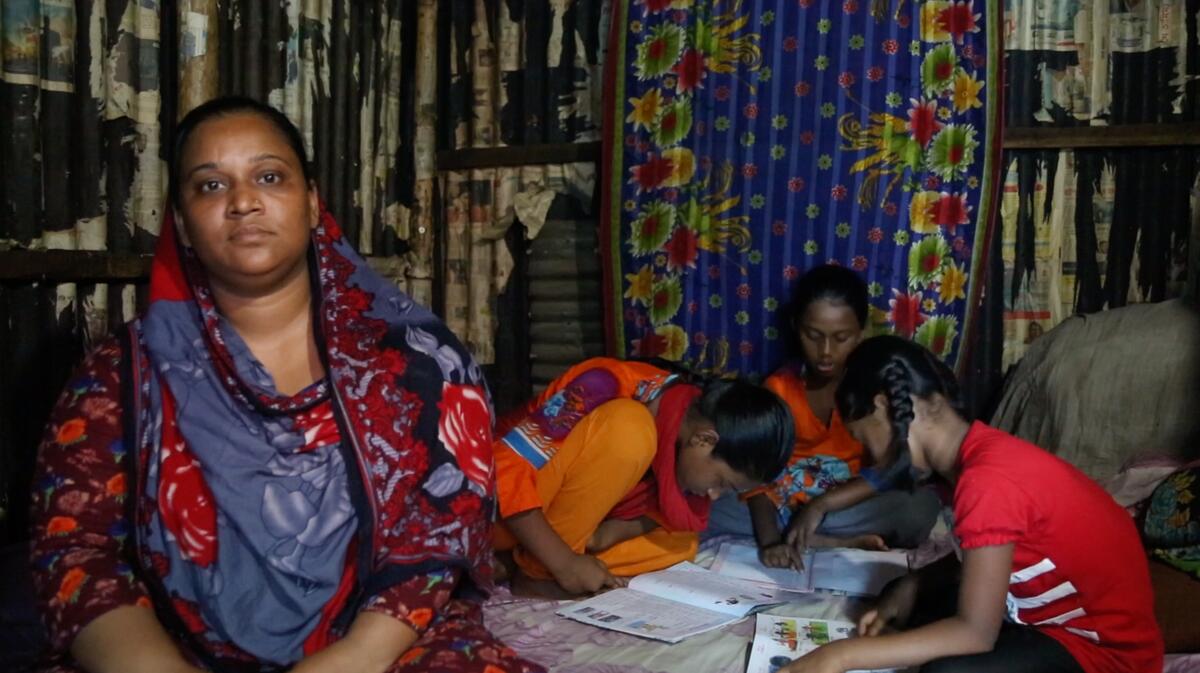
Food security
Food security is also a pressing issue - no income means that they do not have money to buy food. Only 33% of respondents are able to afford basic household food supplies, but 5% cannot afford food at all and 61% only can afford partially.
Results:
- 52% of households relying on less preferred food, such as broken rice or older produce that lacks nutritional values
- Households reducing the frequency of meals
- Caregivers reducing their food intake just to feed their children, which also highlights a gender gap as more female caregivers are reported as reducing their food intake as compared to male caregivers
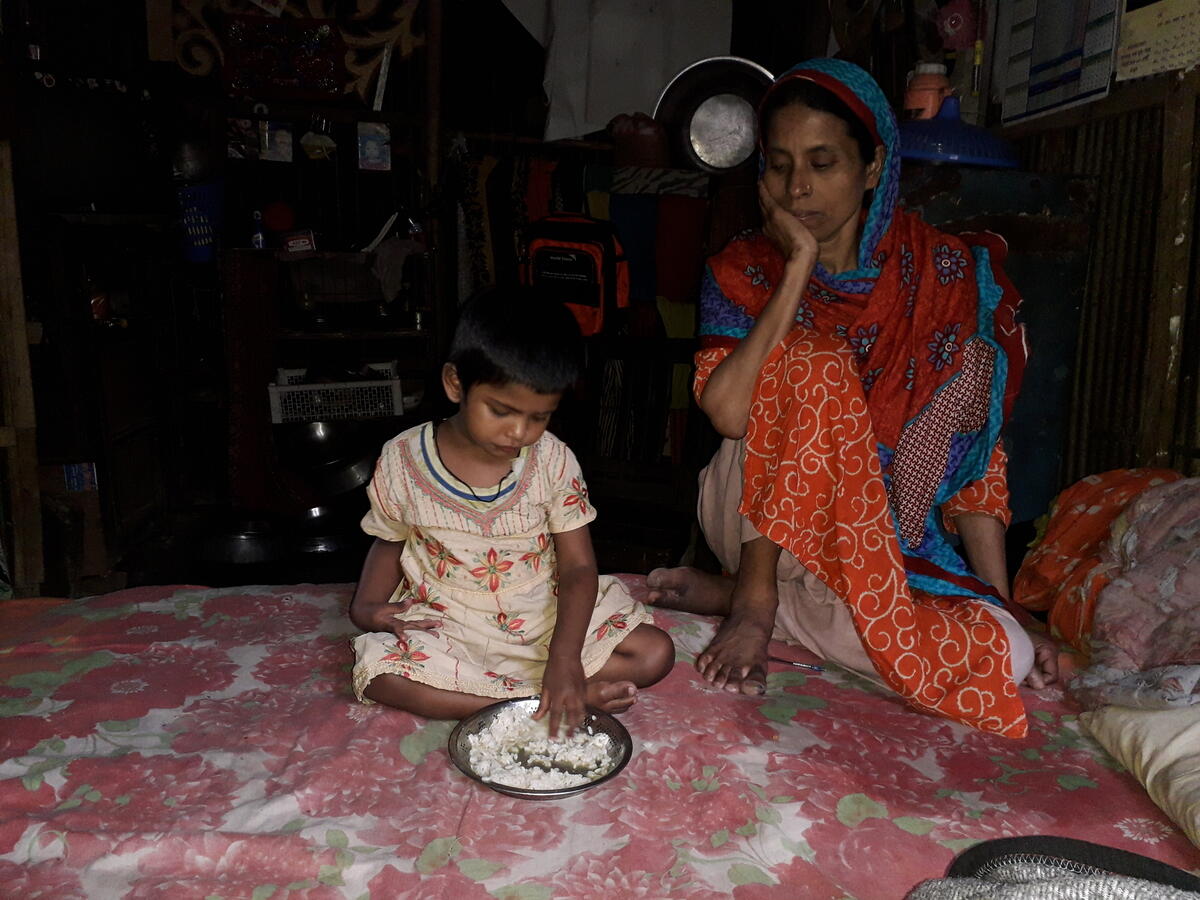
“Every day for the past 22 days, we’ve eaten one meal per day and sometimes for my husband and me, there is no food for us. We do not know how long we can survive. As a health programme participant, I know what kinds of food is needed to keep my baby healthy, but under the circumstances, it’s almost impossible. There is no food anywhere. I cannot tolerate this situation anymore.” Shilpi, 35, Bangladesh
Hygiene and access to clean water
Hygiene and access to clean water have also been affected - 24% of respondents do not have access to adequate water for drinking, cooking and personal hygiene, increasing the risk of waterborne and infectious disease and child malnutrition
Results:
- Increases the risk of child protection and gender-based violence as it is women and girls who are most often tasked with sourcing water for daily cooking and hygiene needs - the further they travel, the higher the risk of gender-based violence
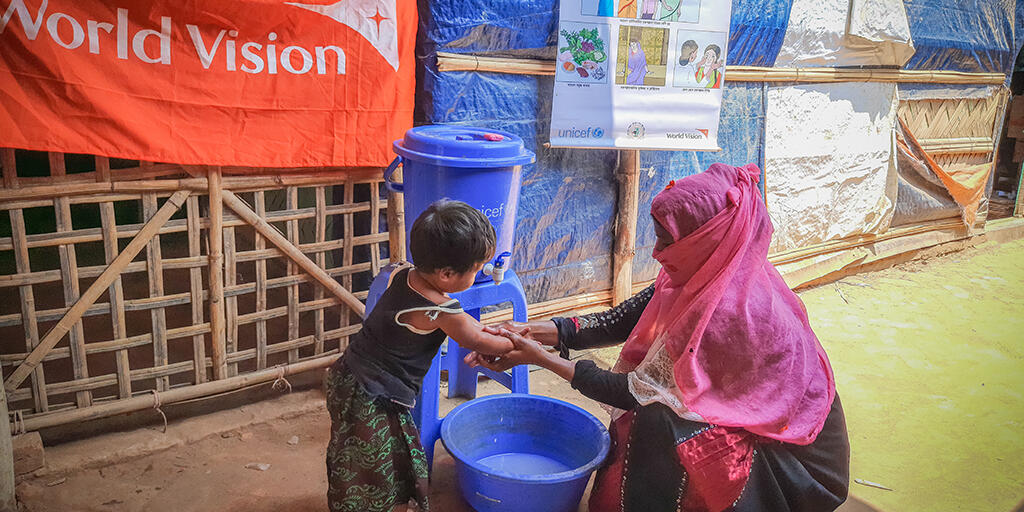
Access to health services and essential medicines
Access to health services and essential medicines drastically decreased due to lockdown measures. Access to hospital services, health centres and outreach services all decreased by 20 to 30% due to COVID-19 due to limited access via transport due to lockdown and limited operating hours.
Results:
- Increasing the risk of maternal, and child morbidity and mortality
- Increasing concerns about the transmission of COVID-19 and fear of leaving the house
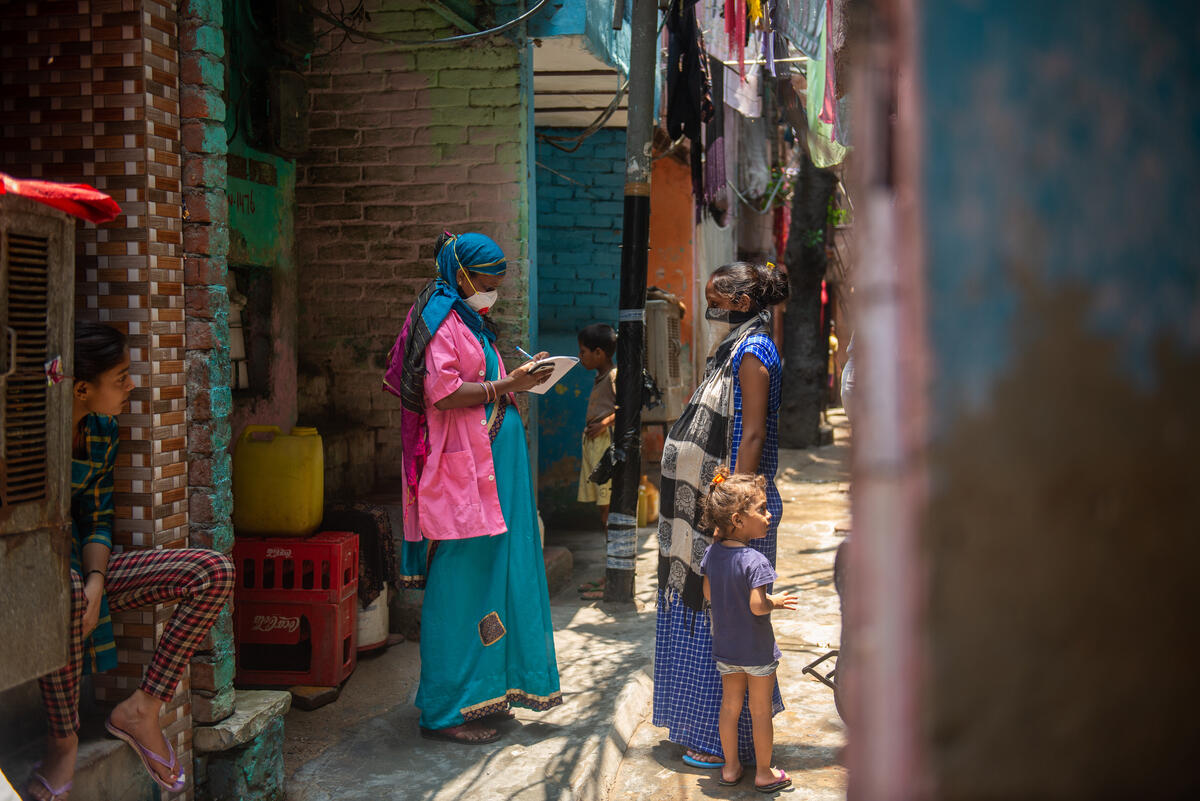
Child Protection
Child protection is also at risk due to the loss of livelihood that is forcing parents and caregivers to take desperate actions - sending their children to work, beg or take part in high-risk jobs. Some even have to send their children to live with other relatives or other institutions, and even to the extent of sending them off to marry.
Results:
- The stress on families related to the loss of income, reduced access to schooling, and changes to children’s behaviour during quarantine contributes to an increase in the physical and emotional abuse of children
- 47% of caregivers indicate that they are only partially able or completely unable to handle changes in their children’s behaviour which increases the risk of children’s physical and emotional punishment
- 24% of caregivers indicated that they had resorted to physical punishment or emotional abuse in the last month, while 26% of the children confirmed that their parents or caregivers used physical punishment and/or psychological aggression in the past month
- Girls have also indicated feeling slightly more unsafe during lockdowns (14%) than boys (12%) - 25% of girls and 23% of boys indicated that they experienced yelling, shouting, name-calling, and threats from their caregivers
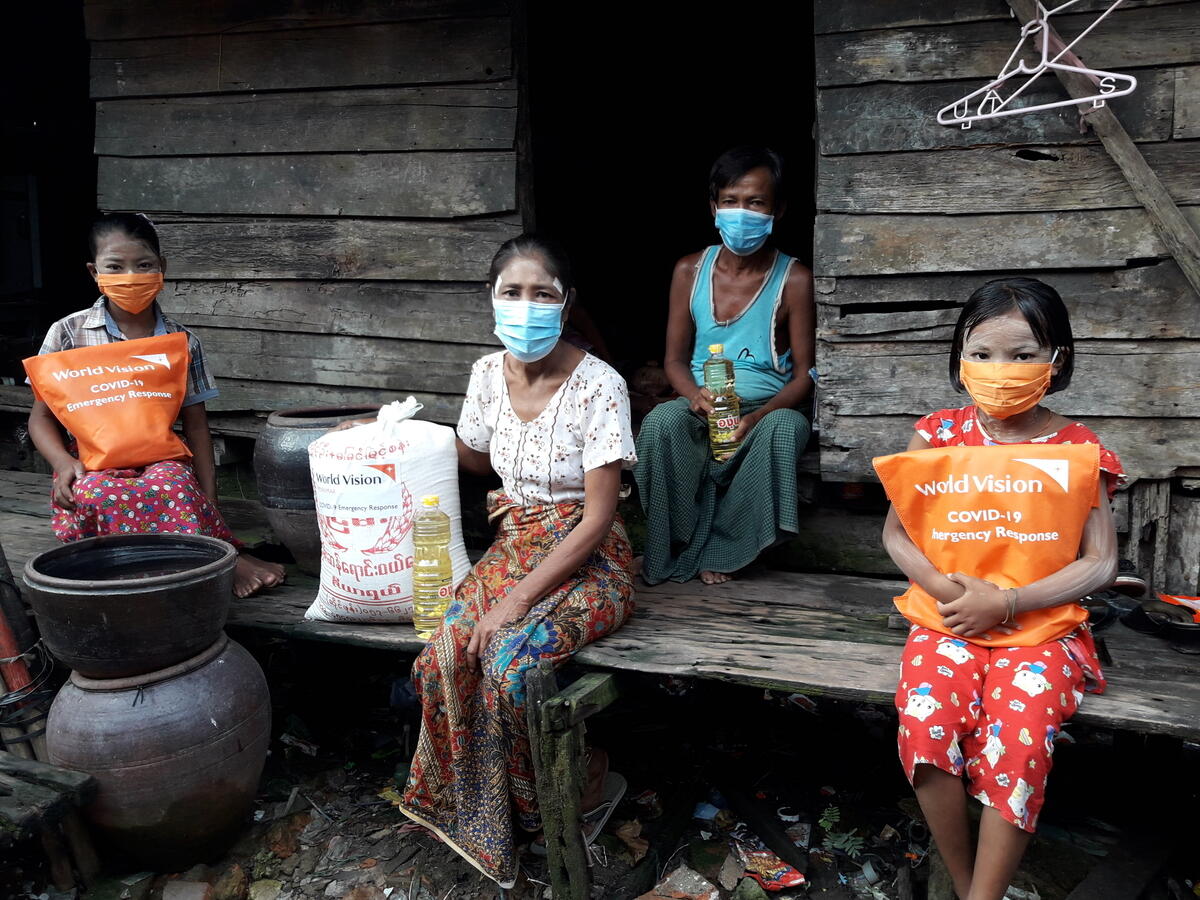
"Before COVID, we could buy medicine for my mother. Conditions worsened with COVID-19. My father was out of a job. My mother’s health became bad so my father had to mortgage his trishaw to raise money and keep the medicine flowing. There was no more money for rent. I felt so sad. Nothing to eat. A sick mother. I did not know what to do. I sneaked out with my sister and without my parents’ knowledge, we begged for money under the hot sun. I was shy asking for money but we needed it.” Thandar, 9, Myanmar
To help these most vulnerable children, you can choose to join our child sponsorship journey to help improve their current plight - improve hygiene status, help families be able to afford basic household needs and protect them from violence.
To learn more about child sponsorship, click here or drop us an email at enquiries@worldvision.org.sg
To find out more information regarding how the lives of the most vulnerable children and their families have been affected, you can read the full paper in the link below.
